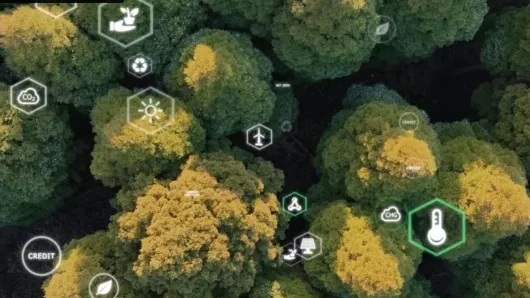What package material is best for recycling? Is it paper? Plastic? Maybe it's metal?
Paper-based packaging has certainly become popular in recent years as end consumers demand more sustainable solutions from producers. It's renewable and in many cases, easy to recycle.
But is every package made from paper recyclable? Is every package that's made from plastic?
Or, is there a process and system for testing and validating packaging where we find broader industry support for defining consumer recycling and unpack labeling claims?
In this edition of Sustainability Unpacked, we take a closer look at the work that goes into defining recyclability and let you decide what factors are most important to call a package recyclable.
Recyclability is a dynamic and complex topic.
The recycling processes for certain types of materials can have similarities such as the use of heat or water, yet be different from region to region. In places like North America and Europe, we have a well developed way of assessing the recyclability of a package. While in other regions of the world like Central Africa or South Asia, there may not be harmonized system. So, when discussing recycling or recyclability, it's important to remember that what applies or is possible in one region may not be true in another.
However, generally speaking, for us to consider a package to be recyclable, the consumer must be first able to separate the package components and access the recycling program to accept the materials. Some regions use drop off programs where consumer must physically take the package to a central location point. Where other regions have more convenient curbside recycling, where consumers are able to put the package in recycling bins outside their homes. Although they are different processes, the important factor is that consumer have access to recycling program.
The next step in the recycling process is sortation.
The materials you collect must go to a central location to be separated and sorted. This process could be a manual process where humans pick and group packages made of similar materials, or it could be a more automated process with optical sorters and robots doing the same work. Sometimes, even a mixture of both. But, at this stage of the recycling process, packages with similar materials must be aggregated together so that they can be sent to a reprocessor.
Can the sorter recognize the material in the package and send it to the correct stream?
Once that happens, you'll need a process that can reclaim the materials in the package and convert them into a product that can be used for another application. Paper is pulped; metal is melted; and plastic can be mechanically or chemically recycled depending on the type of polymer and the list goes on. After processing, you would ask, "who is taking the materials and for what purpose?" Is there market for the recycled material?
If a new package uses percentage of recycled plastic, for example, is the cost of the package competitive? Will consumer be willing to pay a higher price?
To answer to these questions may differ depending on where you live, what you're selling, your consumer base and so on. However, our research shows that consumer preference have been trending towards more sustainable products and solutions that incorporate recycled content. We expect this trend to increase as the industry pushes toward more circular packaging. Consumers now look for unpack labels to see if their package is recyclable or if it contains recycled content.
A company like Sonoco can help customers with the labeling process, which evaluates criteria through internal or third party testing to demonstrate satisfactory performance at the stages of the recycling process we mentioned earlier.
So now that we've unpacked it, what are your thoughts?
Packaging materials are important, sure, but even more so are the steps used to evaluate, verify and assess the recyclability of what's being produced. Since recycling is local and the landscape is constantly evolving, producers must adapt their designs accordingly to fit the need of customer, consumer, and region.
It's a collaborative approach across sales, research and development and engineering teams to continue delivering tailor made, verifiable solutions that's better for the environment, and better for our world too.


